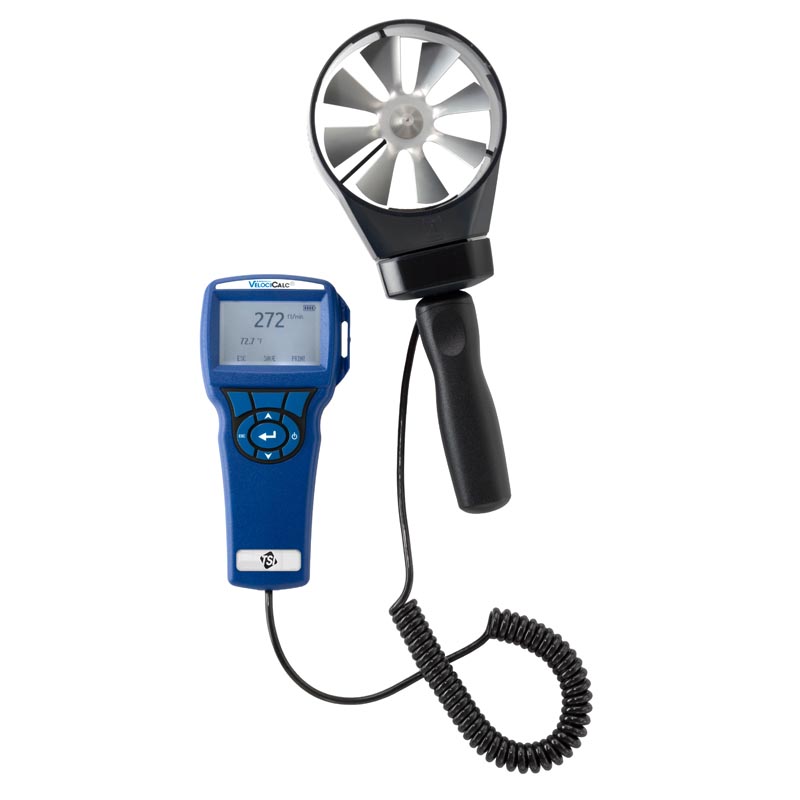Anemometers Unveiled: Understanding Their Significance in Environmental Surveillance and Precaution
The duty of anemometers in environmental monitoring and safety and security steps is often ignored, yet their relevance is undeniable. From meteorology to aeronautics safety and security, anemometers play a vital function in supplying exact data that educates decision-making procedures and enhances general safety and security.
Background of Anemometers
The development of anemometers can be mapped back to the old human beings where basic wind measuring devices were first used. One of the earliest recognized anemometers was the hemispherical cup anemometer created by Leon Battista Alberti in the 15th century.
In the 18th century, the prominent scientist John Thomas Romney Robinson introduced the Robinson anemometer, which included 4 hemispherical mugs mounted on straight arms that extended from a central axis. This design came to be a criterion in atmospheric measurements due to its precision and dependability. Over the years, innovations in technology led to the development of more contemporary anemometers, including ultrasonic anemometers and laser Doppler anemometers, supplying raised accuracy and performance in measuring wind rate and instructions. The history of anemometers showcases an exceptional journey of innovation and progression in the field of meteorology.
Types of Anemometers
Throughout the field of weather forecasting, various kinds of anemometers have been created to precisely gauge wind speed and instructions. One of the most typical kind is the cup anemometer, which contains three or four mugs mounted on horizontal arms that turn with the wind. As the mugs rotate, the rate at which they revolve is straight proportional to the wind rate. One more extensively used type is the vane anemometer, which features a tail or fin that aligns itself with the wind direction. This alignment allows the tool to figure out the wind instructions. Sonic anemometers utilize ultrasonic signals to determine wind speed and instructions accurately. They are generally utilized in study applications because of their high precision. Hot-wire anemometers operate based on the principle that the cooling effect of wind on a warmed cord is proportional to the wind rate. These anemometers appropriate for gauging low wind rates with high precision. Each kind of anemometer has its staminas and is picked based upon the particular demands of the surveillance task at hand.
Applications in Weather Forecasting
Having discussed the different sorts of anemometers made use of in meteorology for determining wind rate and direction, it is important to discover their useful applications in the field. Anemometers play a crucial function in weather forecasting by providing real-time and accurate information on wind conditions (anemometer). Meteorologists utilize anemometers to check wind speed and direction to anticipate weather patterns, problem cautions for serious weather occasions like hurricanes, tornados, and twisters, and analyze atmospheric conditions for aviation security
In weather forecasting, my latest blog post anemometers aid in understanding local and local wind patterns, which are essential for anticipating weather condition adjustments and establishing climatic fads. These tools are likewise utilized in research to examine microclimates, city heat islands, and air pollution diffusion. Additionally, anemometers are utilized in agriculture to optimize plant monitoring practices, such as watering and pesticide application, based on wind conditions.
Value in Aviation Safety
An indispensable facet of making sure aviation safety depends on the thorough tracking of wind conditions making use of anemometers. Anemometers play an essential function in air travel by giving real-time data on wind speed and direction, aiding pilots in making notified choices during landing, flight, and take-off. Strong and uncertain winds can substantially impact aircraft operations, making it necessary for air travel authorities to rely upon accurate wind measurements to make certain the safety of travelers and crew.

In the dynamic atmosphere of aeronautics, where even small changes in wind speed and direction can have profound impacts, anemometers stand as crucial devices for advertising safe and protected air travel.
Function in Environmental Research Study
Just how do anemometers contribute to advancements in ecological research? Anemometers play a critical role in environmental research study by offering necessary information on wind rate and direction. This information is vital for recognizing visite site numerous climatic processes, such as air contamination diffusion, weather patterns, and environment modification. By accurately measuring wind attributes, anemometers assist scientists assess the activity of contaminants in the air, evaluate the impact of industrial exhausts, and predict the spread of contaminants in the atmosphere.


Conclusion
To conclude, anemometers have played a crucial duty in ecological surveillance and site web security steps. With a rich background and various types readily available, these gadgets have been extensively utilized in meteorology, air travel safety and security, and environmental study. Understanding the value of anemometers is important for properly determining wind speed and direction, which is important for predicting climate patterns, making certain secure aeronautics procedures, and performing ecological researches - anemometer. Their contributions to these areas can not be taken too lightly.
One of the earliest well-known anemometers was the hemispherical mug anemometer created by Leon Battista Alberti in the 15th century. Over the years, innovations in technology led to the development of more modern-day anemometers, including ultrasonic anemometers and laser Doppler anemometers, offering increased precision and performance in measuring wind rate and direction. Hot-wire anemometers run based on the principle that the cooling result of wind on a warmed wire is symmetrical to the wind speed. Meteorologists utilize anemometers to keep track of wind rate and direction to forecast weather patterns, concern warnings for severe weather condition events like storms, tornadoes, and storms, and examine atmospheric conditions for aviation security.
Understanding the relevance of anemometers is necessary for accurately gauging wind speed and direction, which is essential for anticipating climate patterns, ensuring safe aeronautics procedures, and conducting ecological researches. (anemometer)